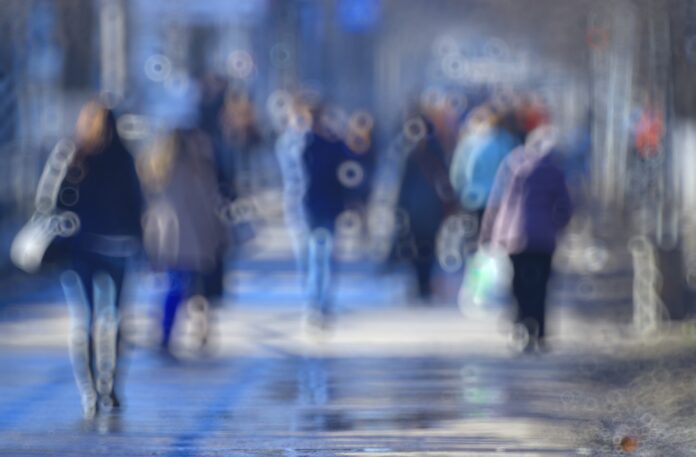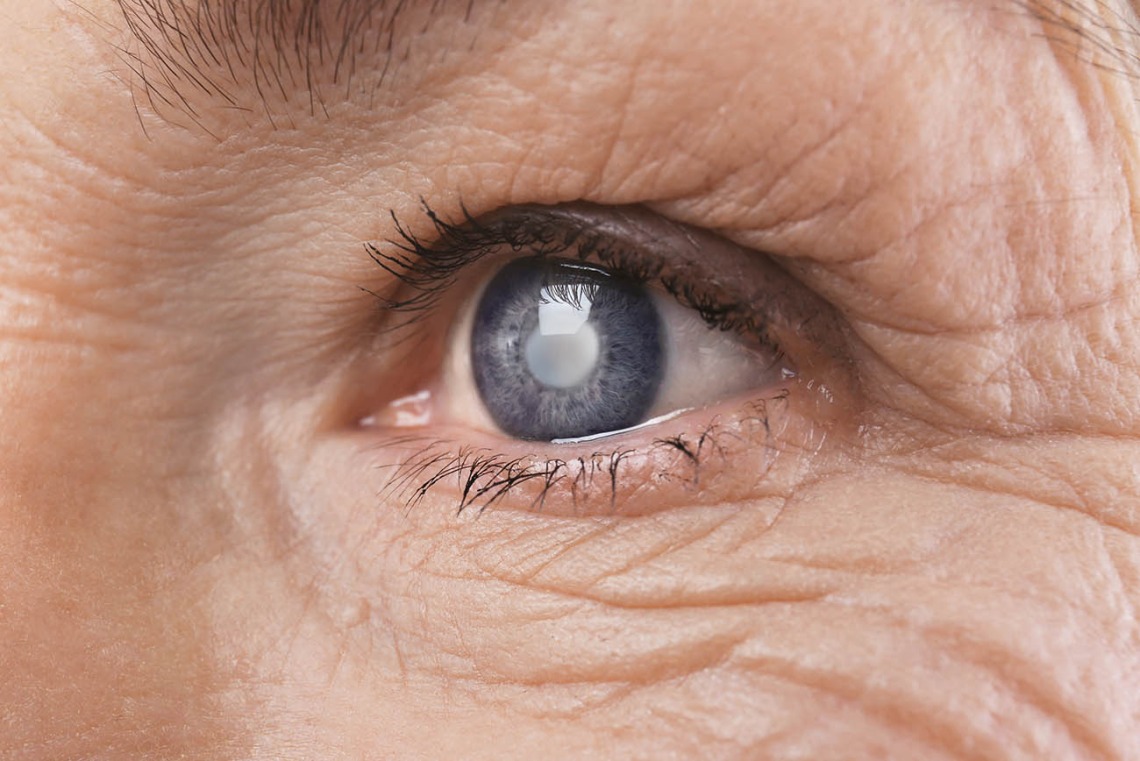More than 20 million Americans have been diagnosed with cataracts. This condition usually affects people over the age of 40, and the risk of developing cataracts increases beyond the age of 65. It happens when proteins in the lenses of the eyes break down.
That causes the lenses to become cloudy. Cataracts tend to become worse over time, and if they’re not treated, they can significantly affect your vision or even cause blindness.
Understanding the Symptoms of Cataracts
Cataracts don’t develop suddenly; it’s a gradual process. Because of that, many people don’t realize they have them until their vision is severely affected. Understanding the symptoms of cataracts is the key to catching them early on.
That way, you can Find a Cataract Eye Doctor as soon as possible and have them treated before they cause significant vision loss.
Cloudy or Blurry Vision
Cloudy or blurry vision is one of the earliest symptoms of cataracts. If you’ve never had vision problems, you may notice that the world around you just isn’t as sharp and focused as it should be.
You may also start to see a slight haze over everything. If these issues arise, be sure to schedule an appointment with an eye doctor before they get out of hand.

Declining Night Vision
Cataracts often cause declining night vision as well. That can make driving at night difficult and even dangerous. Cataracts prevent light from entering your eyes the way it should, so the less light there is around you, the worse your vision will be.
Sensitivity to Light
Some people who have cataracts also become more sensitive to light. Though they prevent light from entering the eyes properly, they can also cause it to scatter in multiple directions.
That makes bright light more painful to look at, especially when you meet cars with bright headlights on the road or you move from a dark room into a brighter one. Your eyes may become more sensitive to sunlight too.
Fading Colors and Double Vision
For many people, cataracts cause colors to appear faded or yellow. That can make distinguishing different colors a bit difficult. Cataracts commonly cause double vision as well. Lights may also look distorted or appear to have hazy or rainbow halos around them if you have cataracts.

Frequent Changes in Eyeglass Prescriptions
Cataracts are likely to cause your vision to decline more quickly than it should as well. Though it’s normal for vision to grow worse over time, you may find that your prescription eyeglasses or contact lenses need to be updated more often than usual.
If your prescription eyewear only works for you for a short time before needing to be changed, that’s a surefire sign that you have cataracts. Eventually, you’ll reach a point where updating your prescription won’t help your vision.
Staying a Step Ahead of Cataracts
Millions of people suffer from cataracts, and many don’t even realize they have them at first. In the beginning, they may not cause any symptoms at all. Once they start to progress, though, they’ll continually grow worse.
Routine eye exams can help you catch them early on so you can have them taken care of before they significantly affect your vision. For many people, cataract surgery can restore their vision to normal or even make it better than it was before developing cataracts.







